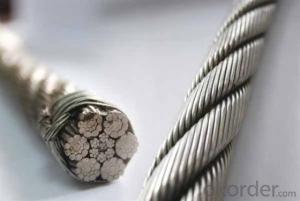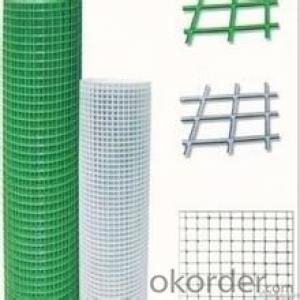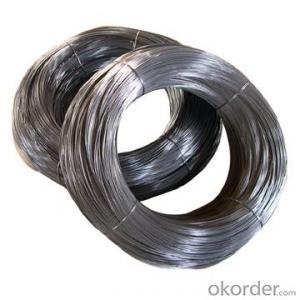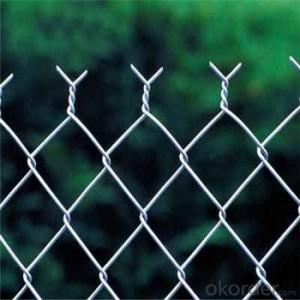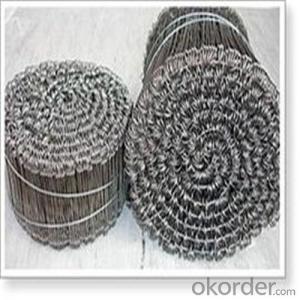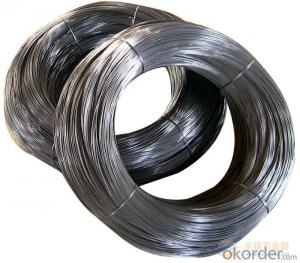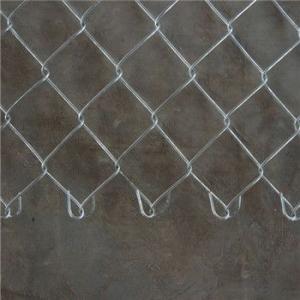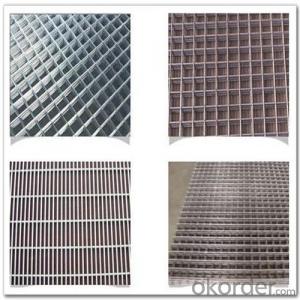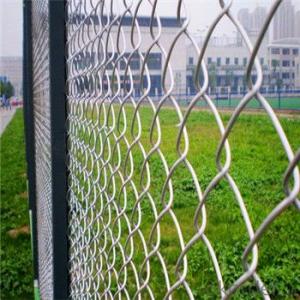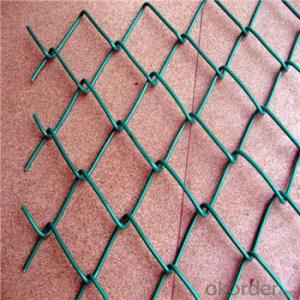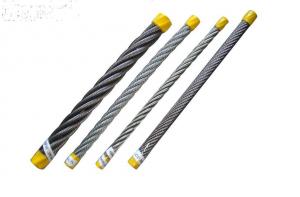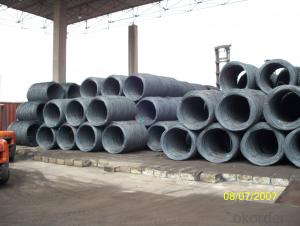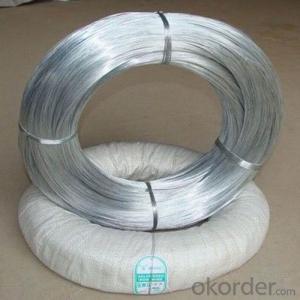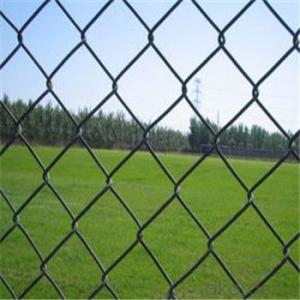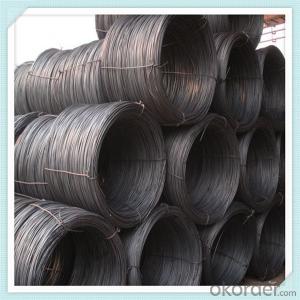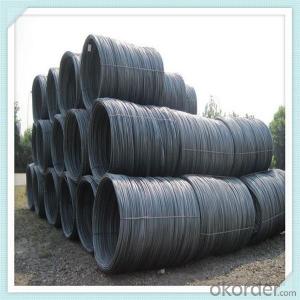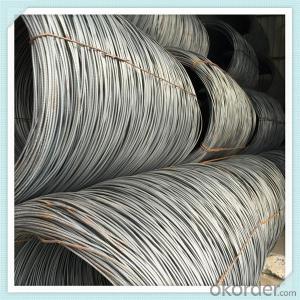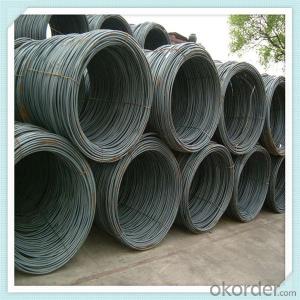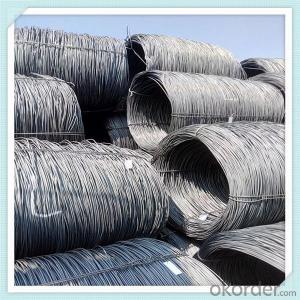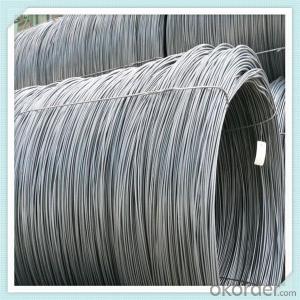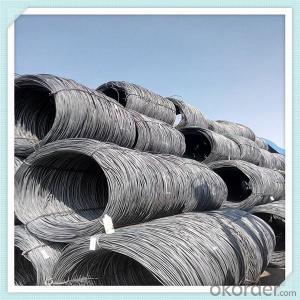6Mm Steel Wire
6Mm Steel Wire Related Searches
Best Paint For Stainless Steel Blanket Insulation For Steel Buildings Primer For Galvanized Steel Foam Filter For Stainless Steel H S Code For Stainless Steel Surface Grinding Wheels For Stainless Steel Surface Grinding Wheels For Hardened Steel Hole Saw For Stainless Steel Paint For Stainless Steel Stainless Steel For BbqHot Searches
Steel Mesh Panels For Sale Price For Stainless Steel Scrap Scrap Price For Stainless Steel Price For Stainless Steel Stainless Steel Tank For Sale Stainless Steel Sheets For Sale Cheap High Tea Sets For Sale Stainless Steel Tanks For Sale Stainless Steel For Sale High Density Fiberboard For Sale Solar Hot Water Collectors For Sale Scaffolding For Sale In Uae Scaffolding For Sale In Ireland Scaffolding For Sale In Houston Type Of Inverter For Solar Price Of Shipping Containers For Sale Types Of Inverter For Solar Stock Price For Aluminum Used Solar Inverter For Sale Steel Mesh Panels For Sale6Mm Steel Wire Supplier & Manufacturer from China
Okorder.com is a professional 6Mm Steel Wire supplier & manufacturer, offers integrated one-stop services including real-time quoting and online cargo tracking. We are funded by CNBM Group, a Fortune 500 enterprise and the largest 6Mm Steel Wire firm in China.Hot Products
FAQ
- Steel wire rod is used in the production of wire mesh for mining and quarrying applications as it provides the necessary strength and durability required for these demanding environments. The wire rod is first drawn into the desired gauge and then woven or welded together to create the wire mesh. This mesh is used as a protective barrier or screening material to prevent debris, rocks, or other materials from entering mining or quarrying equipment, ensuring safe and efficient operations. Additionally, the steel wire rod's high tensile strength allows the wire mesh to withstand heavy loads and impacts, making it an ideal choice for these rugged applications.
- Automotive filters utilize various wire mesh types manufactured from steel wire rod. These include: 1. Plain Weave Wire Mesh: The most commonly used wire mesh type for automotive filters. It is crafted by interweaving steel wire rod in a simple over-and-under pattern, resulting in a robust and long-lasting mesh. 2. Twilled Weave Wire Mesh: Similar to plain weave, this wire mesh type incorporates an additional twist in the weaving pattern. This creates a tighter and sturdier mesh, ideal for filters requiring finer filtration. 3. Dutch Weave Wire Mesh: Dutch weave wire mesh combines thick and thin wires. Thick wires are woven in a plain weave pattern, while thin wires are woven in a twilled weave pattern. This creates a mesh with larger open areas, facilitating improved flow rates and greater dirt holding capacity. 4. Welded Wire Mesh: This wire mesh type is produced by welding the intersections of steel wire rods. Known for its strength and stability, welded wire mesh is suitable for automotive filters operating under high pressure or demanding conditions. 5. Expanded Metal Mesh: By cutting and stretching a flat sheet of steel wire rod, expanded metal mesh is formed, featuring diamond-shaped openings. Despite its lightweight nature, it offers excellent airflow and filtration capabilities. The selection of wire mesh for automotive filters depends on specific applications and filtration requirements. Each wire mesh type possesses distinct advantages and disadvantages, necessitating consideration of factors like filtration efficiency, flow rates, durability, and cost when choosing the appropriate mesh for a particular automotive filter.
- Steel wire rod is a crucial component in the manufacturing of wire for cable trays. Cable trays are used to organize and support electrical cables in various industries and buildings. The steel wire rod is first processed through a series of manufacturing steps to transform it into wire suitable for cable tray production. Initially, the steel wire rod is carefully selected for its specific properties such as strength, durability, and flexibility. The wire rod is then subjected to a process called drawing, where it is pulled through a series of dies to reduce its diameter and increase its length. This drawing process enhances the strength and uniformity of the wire, making it suitable for use in cable trays. Once the wire is drawn to the desired size, it is further processed through a galvanizing or coating process. This step involves immersing the wire in a bath of molten zinc or applying a protective coating on the surface. Galvanization or coating provides the wire with corrosion resistance, ensuring its longevity and durability in different environments. After the galvanizing or coating process, the wire is further processed to form the necessary shapes and profiles required for cable trays. This can involve bending, cutting, and forming the wire into specific designs and dimensions. The wire is then assembled and welded together to create the final cable tray product. The use of steel wire rod in the manufacturing of wire for cable trays ensures the strength and reliability of the trays. The high tensile strength of steel wire provides the necessary support for heavy electrical cables, preventing sagging or damage. Additionally, the corrosion resistance provided by galvanization or coating ensures that the wire remains durable and free from rust, even in harsh environments. In summary, steel wire rod plays a vital role in the manufacturing of wire for cable trays. It provides the necessary strength, durability, and corrosion resistance required for organizing and supporting electrical cables effectively.
- There are several advantages of using steel wire rod in construction. Firstly, steel wire rod is known for its high strength and durability, making it ideal for supporting heavy loads and withstanding extreme weather conditions. This ensures the longevity and safety of the construction project. Additionally, steel wire rod is highly flexible and can be easily shaped and bent to fit various construction needs, allowing for versatile and efficient design possibilities. Moreover, steel wire rod is resistant to corrosion, which reduces maintenance costs and increases the lifespan of the construction. Lastly, steel wire rod is a sustainable and recyclable material, making it an environmentally-friendly choice for construction projects.
- Steel wire rod is used to create a variety of wire mesh filters, which find wide application in industries for purposes like filtration, sieving, and separation. One kind of wire mesh filter, known as the plain weave filter, is produced by weaving the steel wires in a simple over-and-under pattern. This results in a mesh that is uniform and has square-shaped openings. Plain weave filters are renowned for their durability and strength, making them suitable for tasks that require heavy-duty performance. Another type of wire mesh filter is the twill weave filter, created by interlacing the steel wires in a pattern that gives rise to a diagonal or herringbone-like appearance. Compared to plain weave filters, twill weave filters offer a tighter weave and a finer mesh. They are commonly utilized in applications that demand precision and fine filtration. Besides plain and twill weaves, there are other wire mesh filters made from steel wire rod. These include Dutch weave filters, reverse Dutch weave filters, and welded wire mesh filters. Dutch weave filters have a coarser mesh with more wires in the weft direction, while reverse Dutch weave filters have a finer mesh with more wires in the warp direction. Welded wire mesh filters are produced by welding the intersections of the steel wires, resulting in a mesh structure that is stronger and more rigid. Overall, the various types of wire mesh filters made from steel wire rod offer a range of options to meet diverse filtration requirements. Whether it is for coarse or fine filtration, heavy-duty or precision applications, these filters provide efficient and dependable solutions.
- The steel wire rod market is segmented based on various factors such as product type, application, and geography. In terms of product type, the market can be segmented into low carbon steel wire rod, medium carbon steel wire rod, and high carbon steel wire rod. Each type of wire rod has different properties and is used for specific applications. Low carbon steel wire rod is commonly used in construction, automotive, and general manufacturing industries. Medium carbon steel wire rod is mainly used in the construction industry for reinforcing purposes. High carbon steel wire rod is primarily used in the production of wire for springs and ropes. Based on application, the steel wire rod market can be segmented into construction, automotive, energy, agriculture, and others. The construction industry is one of the major consumers of steel wire rod, as it is widely used for reinforcing concrete structures. In the automotive sector, steel wire rod is used for manufacturing various components such as springs, cables, and tire reinforcements. The energy industry also utilizes steel wire rod for power transmission lines. In the agriculture sector, steel wire rod is used for fencing and other applications. Geographically, the steel wire rod market can be segmented into North America, Europe, Asia Pacific, Latin America, and Middle East & Africa. Each region has its own demand for steel wire rod, driven by factors such as economic growth, infrastructure development, and industrialization. Asia Pacific is the largest market for steel wire rod, owing to the rapid growth in construction and automotive industries in countries like China and India. North America and Europe also have significant demand for steel wire rod due to their well-established construction and automotive sectors. Overall, the segmentation of the steel wire rod market provides a comprehensive understanding of the market dynamics, allowing companies to target specific segments and tailor their products and marketing strategies accordingly.
- Fluctuations in foreign exchange rates have a significant impact on the steel wire rod market. As steel wire rod is a globally traded commodity, changes in currency exchange rates directly affect its pricing and competitiveness in international markets. A stronger domestic currency compared to foreign currencies can make steel wire rod exports more expensive, reducing demand and potentially leading to a decline in market share. Conversely, a weaker domestic currency can make exports more affordable, increasing demand and potentially expanding market opportunities. Therefore, foreign exchange rate fluctuations play a crucial role in shaping the dynamics of the steel wire rod market.
- Wire mesh for food processing relies heavily on steel wire rod as a vital ingredient. Also known as wire cloth or wire fabric, this versatile material finds applications across various industries, including food processing. Its primary functions involve sieving, filtering, and separating solids and liquids during the production and processing of food products. Steel wire rod acts as the raw material for wire mesh manufacturing. It takes the form of lengthy, cylindrical steel pieces coiled together. Selection of the wire rod depends on desired qualities like strength, durability, and resistance to corrosion, which are essential for its application in the food processing sector. To produce wire mesh for food processing, the steel wire rod undergoes a series of manufacturing processes. Initially, the wire rod is drawn through a series of dies, reducing its diameter and achieving the desired wire thickness. This process, known as wire drawing, enhances the wire's ductility and flexibility. Once the wire attains the desired thickness, it is either woven or welded to form wire mesh. Weaving involves interlacing the wires vertically and horizontally, creating a grid-like pattern. This pattern determines the size of the openings in the wire mesh, facilitating specific particle or liquid filtration. In food processing, stainless steel wire rod is typically used to manufacture wire mesh. Stainless steel is favored due to its high resistance to corrosion, ease of cleaning, and hygienic properties. These qualities make it suitable for applications where food safety and cleanliness are of utmost importance. Wire mesh produced from steel wire rod finds numerous applications in the food processing industry. It is commonly employed as sieves or screens in food processing equipment, such as vibrating sifters or centrifugal separators, to separate or classify particles of different sizes. It can also serve as a conveyor belt or conveyor screen, allowing for the smooth transportation of food products through various processing stages. Moreover, wire mesh can function as protective barriers or covers for food processing machinery, preventing contamination and ensuring worker safety. It can also be used as fencing or enclosures for storage areas or production facilities, creating a secure and controlled environment for food processing operations. All in all, steel wire rod plays a pivotal role in wire mesh production for food processing. Its strength, durability, and resistance to corrosion make it an ideal material for manufacturing wire mesh that meets the stringent requirements of the food processing industry.
















